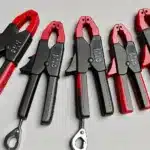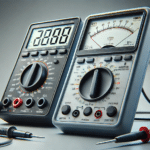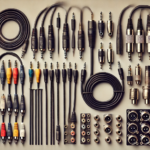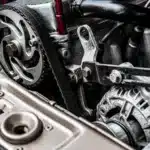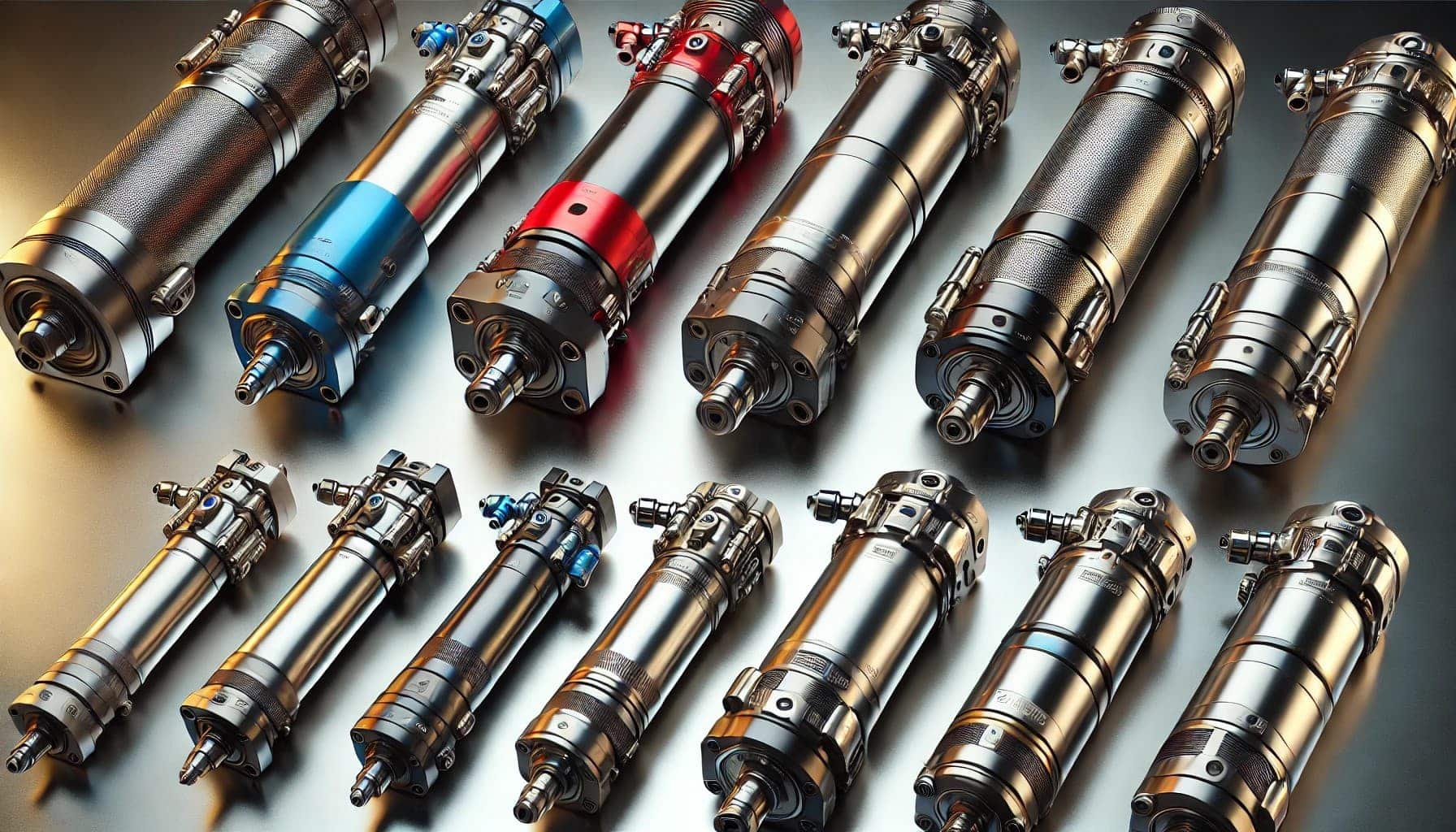
Introduction
Hydraulic systems power industries worldwide, and high pressure hydraulic cylinders are the backbone of many heavy-duty operations. With so many types and variations available, choosing the right cylinder for your specific application can feel overwhelming. In this article, we will discuss everything you need to know about high-pressure hydraulic cylinders and how to choose one for your specific needs.
What are High Pressure Hydraulic Cylinders? Definition, Functionality, and Key Components
High-pressure hydraulic cylinders are specialised mechanical actuators designed to generate extensive force (linear motion) through pressurised hydraulic fluid. These cylinders precisely convert hydraulic energy into mechanical force and are typically crafted form steel due to their strength and durability. The fundamental purpose of high pressure hydraulic cylinders is to generate and transmit mechanical force to drive heavy-duty tasks that involve lifting, pushing, pulling, or holding large loads. These heavy-duty cylinders come in various forms and operate at different pressure ranges, with high-pressure cylinders typically handling pressures above 1,000 psi. The key elements of a typical hydraulic cylinder include the barrel, piston, piston rod, and cylinder head, each crafted to withstand high pressures.
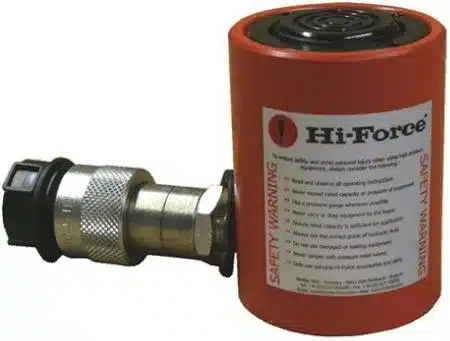
Importance of High Pressure Hydraulic Cylinders in Hydraulic Systems
High-pressure hydraulic cylinders are integral components in hydraulic systems due to their capability to generate significant force and precise control within a compact design. By utilising pressurised hydraulic fluid, these cylinders can lift heavy loads, exert powerful pushing or pulling forces, and execute precise movements with remarkable control. Additionally, their versatility, efficiency, and reliability make them indispensable in applications requiring high power density and precise actuation.
Common Types of Hydraulic Cylinders You Should Know
High-pressure hydraulic cylinders come in various types, each suited for specific applications. Some common types include:
Single-Acting Cylinders
These cylinders are specifically designed to exert force in only one direction, with an external force or spring returning the piston to its original position. They are ideal for applications like lifting or pushing where gravity or external force can assist in the return movement.
Double-Acting Cylinders
Unlike single-acting models, double-acting cylinders have ports at both ends, allowing fluid input and output in both directions. They can push and pull with equal force and are widely used in scenarios where precise control is necessary.
Telescopic Cylinders
A telescopic cylinder features multiple stages that allow an extended range of movement. These are useful in applications where a long stroke length is needed without compromising the equipment’s compact size.
Portable General Purpose Hydraulic Cylinders
These are compact and easily transportable cylinders ideal for use in remote or confined spaces. They deliver impressive force with minimal effort, providing a convenient solution where heavy loads need to be moved or held securely.
Hollow Hydraulic Cylinders
These cylinders feature a hollow plunger or piston rod, allowing the passage of tools, cables, or other equipment through the cylinder’s bore. They are ideal for applications requiring pulling, lifting, or tensioning operations where a tool or cable needs to be extended with the cylinder’s stroke.
Solid Plunger Hydraulic Cylinders
These cylinders integrate a solid plunger or piston rod, providing maximum strength and durability. They are suitable for several applications, including pressing, bending, and forming operations requiring high force and precision.
Spring Return Hydraulic Cylinders
As the name suggests, these cylinders utilise a spring mechanism to return the plunger or piston to its original position after the hydraulic pressure is released. They are commonly used in applications where a single-acting cylinder is sufficient, such as clamping, ejecting, or opening and closing mechanisms.
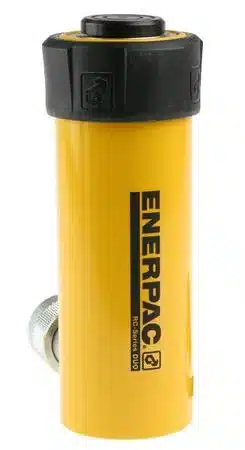
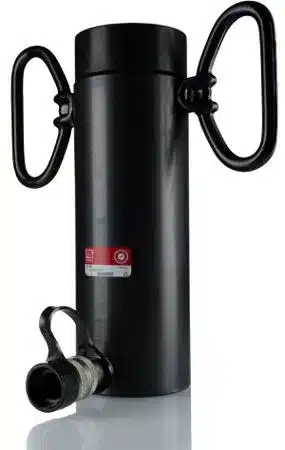
How To Choose a High-Pressure Hydraulic Cylinder? Tips to Consider
To choose the right high-pressure hydraulic cylinder, consider the following parameters:
Pressure Rating: Consider the operating pressure and peak pressure of the cylinder. Operating pressure is the maximum pressure the cylinder can withstand during normal operation. Peak pressure is the maximum pressure the cylinder can handle for brief periods, such as during shock loads or rapid acceleration.
Bore Size: The bore size determines the cylinder’s force output. A larger bore size can generate more force, but it also requires a larger volume of fluid.
Stroke Length: Stroke length is the distance the piston can travel. It is crucial to choose a stroke length that matches the specific application’s requirements.
Rod Diameter: The rod diameter influences the cylinder’s side load capacity and stiffness. A larger rod diameter can handle higher side loads and provide greater rigidity.
Mounting Style: The mounting style determines how the cylinder attaches to the machine or structure. Common mounting styles include foot-mounted, flange-mounted, trunnion-mounted, and clevis-mounted.
Seal Material: The seal material must be compatible with the hydraulic fluid and operating conditions. Common seal materials include nitrile rubber, polyurethane, and fluorocarbon.
Temperature Range: The cylinder’s temperature range should be compatible with the operating environment. Extreme temperatures can affect the overall performance and lifespan of the seals and other components.
Final Thoughts: Making the Right Choice
High pressure hydraulic cylinders transform fluid power into mechanical power, delivering the force needed to lift, press, or push heavy loads across various settings. Selecting the right high-pressure hydraulic cylinder requires a clear understanding of your application’s requirements, the operating environment, and the compatibility of multiple components. Prioritise quality and ensure you understand key specifications like load capacity, stroke length, and pressure rating.








